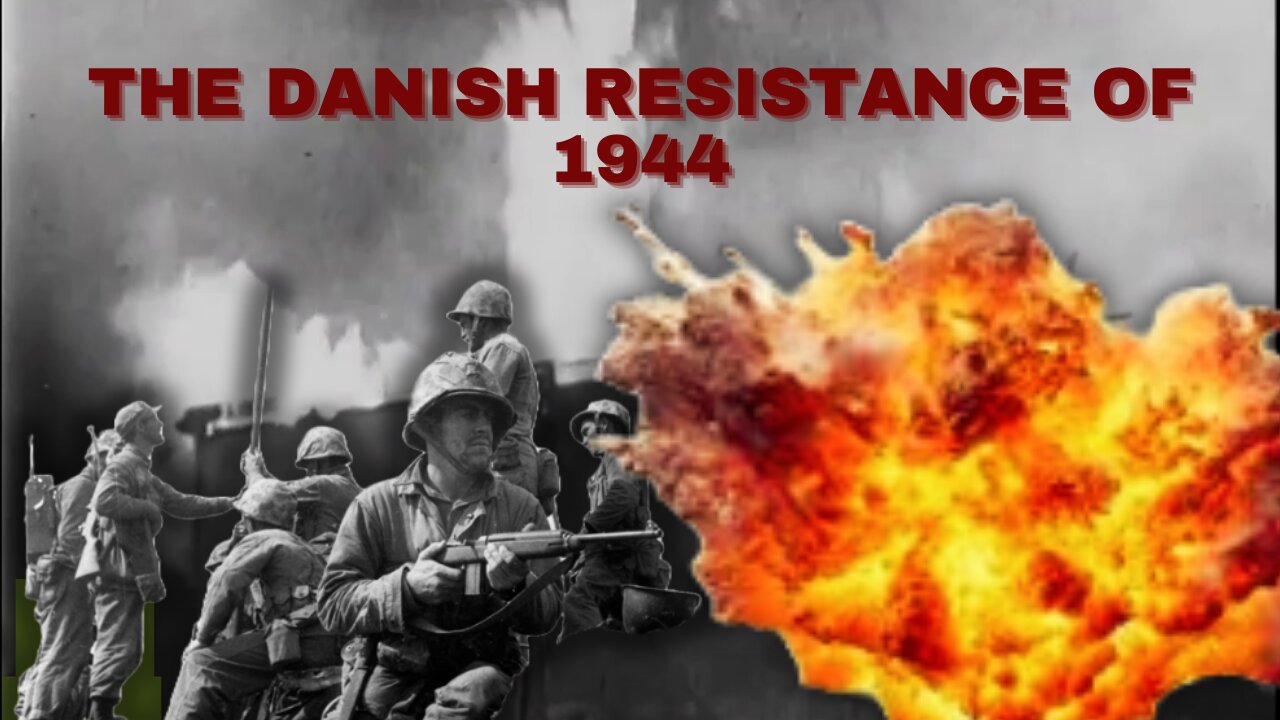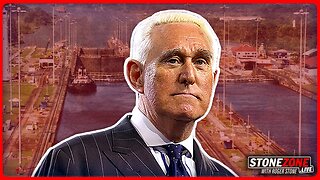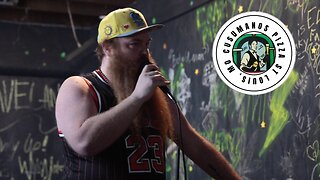Premium Only Content

The Untold Heroes: Danish Resistance vs. German Occupation | WWII Documentary
Originally titled "Denmark Fights for Freedom" and dating back to the World War II era, serves as a remarkable testament to the Danish resistance's courageous struggle against their German oppressors during the tumultuous period of 1943-1944. Released in 1944, it offers a riveting glimpse into an extraordinary chapter of history.
The film's introduction boldly declares that its scenes were clandestinely captured "under the most perilous circumstances and covertly smuggled out of the country" during the relentless German occupation. It unfolds as a dramatic narrative, vividly portraying how a determined nation united to combat tyranny through acts of sabotage and widespread civil disobedience.
Historical Background / Context:
World War II in Denmark:
Throughout World War II, Denmark found itself first as a protectorate and later as an occupied territory under German control. The decision to invade Denmark was made in Berlin on December 17, 1939. On April 9, 1940, Germany executed Operation Weserübung, invading Denmark and establishing a de facto protectorate over the nation. On August 29, 1943, Denmark was placed under direct military occupation by Germany, a situation that persisted until the Allied victory on May 5, 1945. Unlike many other countries under German occupation, Denmark's institutions continued to operate relatively normally until 1945. This uneasy coexistence between a democratic system and totalitarian rule came to an end when the Danish government protested against German demands to introduce the death penalty for acts of sabotage.
The Danish Resistance Movement:
The Danish resistance movement, known as "Modstandsbevægelsen" in Danish, was an underground insurgency formed to resist the German occupation of Denmark during World War II. Due to initially lenient German arrangements that allowed the democratic government to remain in power, the development of effective resistance tactics on a large scale was slower in Denmark compared to some other occupied countries.
By 1943, a significant number of Danes were involved in clandestine activities, ranging from producing illegal publications to espionage and sabotage. Prominent groups within the resistance included the communist BOPA (Borgerlige Partisaner, or Civil Partisans) and Holger Danske, both centered in Copenhagen. Resistance operatives targeted and eliminated approximately 400 Danish collaborators and informers until 1944.
In the postwar era, the Resistance received support from Danish politicians, and there was limited scrutiny of the killings. In the late 20th and early 21st centuries, studies were conducted that revealed the sometimes improvised and morally ambiguous decision-making processes regarding targets. Several significant books and films have been produced to shed light on this complex and challenging chapter of Danish history.
✅ Express your opinions and be heard by signing up on YouGov.com.
YouGov: https://bit.ly/Signup-on-YouGov
🐦 Follow TNT History on Twitter: https://twitter.com/history_tnt
✅ Hostinger.com Everything You Need to Create a Website - Up to 75% off Hosting
https://bit.ly/Hostinger-75-Percent
Visit Jadesales.shop for reliable and affordable products - Free Shipping on Orders over $45
Electronics: https://bit.ly/Electronic-Collection
Health Products: https://bit.ly/Health-Items
School Supplies: https://bit.ly/Jade-Sales-School-Supplies
-
 2:12:46
2:12:46
Price of Reason
1 day agoAmber Heard BACKS Blake Lively Lawsuit Against Justin Baldoni! Is Disney CEO Bob Iger in TROUBLE?
65.1K24 -
 1:01:17
1:01:17
The StoneZONE with Roger Stone
19 hours agoChristmas Edition: Why the Panama Canal is Part of the America First Agenda | The StoneZONE
135K49 -
 18:12:15
18:12:15
LFA TV
1 day agoLFA TV CHRISTMAS EVE REPLAY
148K19 -
 13:32
13:32
Scammer Payback
21 hours agoChanging the Scammer's Desktop Background to his Location
16.8K4 -
 4:21
4:21
BIG NEM
23 hours agoNikola Tesla's Secret to Cultivating Creativity & Genius
12.5K1 -
 15:03
15:03
The Anthony Rogers Show
1 day agoAnthony Rogers - Live at Cusumano's Pizza (Upstairs)
9.98K1 -
 4:33:48
4:33:48
tacetmort3m
1 day ago🔴 LIVE - THE ZONE KEEPS PULLING ME BACK - STALKER 2 - PART 15
75K13 -
 22:45
22:45
Brewzle
1 day agoI Went Drinking In A Real Bourbon Castle
53.8K4 -
 48:36
48:36
PMG
2 days ago $5.14 earned"Parkland Parent Speaks Out On Kamala Harris Using Victims"
43.5K12 -
 4:06
4:06
The Lou Holtz Show
1 day agoCoach Lou Holtz’s Heartfelt Christmas Message 🎄 | Family, Faith & Notre Dame Spirit 💚 #christmas
31.6K1